Winter Gloves FERRINO Highlab Snug SALE
35,60 €
51,60 €
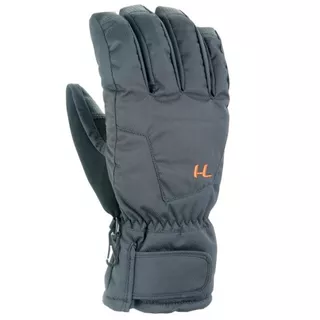
Compared products
2-year warranty
The Avalanche Beacon Mammut Barryvox S is a practical device that will help save lives. It has a search strip width of 95 meters. The easy-to-read display shows you where and how far the buried subject is. Moreover, it also produces sound signals. This transceiver will help you find the target faster, significantly improving the chances of survival for anyone buried in an avalanche. The marking function will come in handy when there are multiple buried subjects – it allows you to continue searching for others while someone else rescues the first victim.
The Avalanche Beacon Mammut Barryvox S has highly sensitive sensors that can detect even the slightest body movement such as a beating heart or expanding lungs (breathing). Any body movement is a sign of life and significantly increases the chance of survival. After 4 minutes of inactivity, the transceiver automatically switches from search to send (in case of another avalanche).
The Avalanche Beacon Mammut Barryvox S is small and light. Using the included straps, you can attach it to your body or put it in your pocket. It will not bother you or restrict your movement in any way. This impact-resistant device is powered by 3 AAA batteries that can last up to 300 hours in the send mode (1 hour in the search mode). This avalanche transceiver has large buttons and is easy to use even with gloves on.

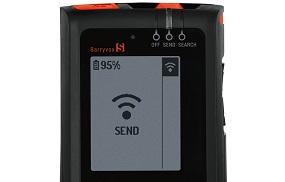
The 3-antenna system allows for a search strip width of 95 meters.

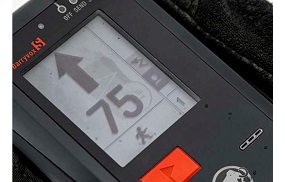
Effective guidance is extremely important when looking for someone buried in an avalanche. The arrow on the display and the sound signal will help you find your buddy faster. The marking function allows you to search for multiple buried subjects at the same time.

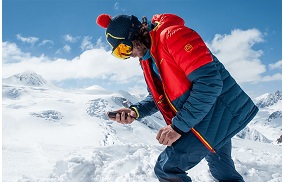
The 2.2” backlit display is easy to read even in the bright sunlight (and with your goggles on).

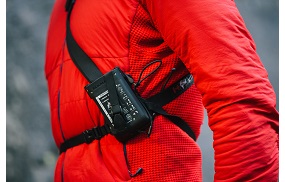
The highly sensitive sensors can detect even the slightest body movement such as a beating heart or expanding lungs (breathing), allowing you to prioritize and therefore increasing the chance of survival.

Technical description: